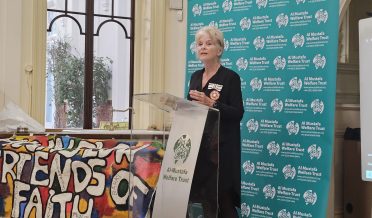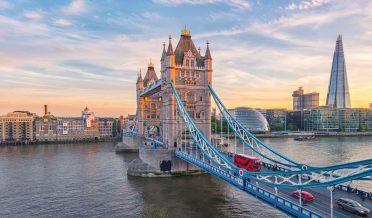Wajahat Ali Khan
To those residing in different countries, the United Kingdom and Great Britain may seem too smaller to be called something different, so we are on the case to set the record straight! Read on as we look into the history of the two and clear it up once and for all…

The United Kingdom
Here is where it gets confusing for some. Made up of England, Wales, Scotland and Northern Ireland, the United Kingdom is a sovereign state in the northwest of Europe. To use its full name correctly – The United Kingdom of Great Britain and Northern Ireland – would generally dispel any confusion, but this full-length version is very rarely used. The United Kingdom is more of a political unit, as all countries within it generally report to the UK parliament, apart from devolved matters such as housing and education.
England is by far the largest country within the state, and although all government matters are traditionally discussed in England, the country is still a component of the United Kingdom.
Great Britain
Great Britain is an island consisting of England, Wales and Scotland that is separated by the English Channel and North Sea. Northern Ireland is not a part of Great Britain, though this term is often confused with the United Kingdom. On a map, Great Britain is the larger of the two British Isles, on the right-hand side.
What are the British Isles?
The British Isles is a collective term used for Great Britain, Ireland and over 6,000 smaller islands which surround them. This includes the likes of Skye, Isle of Man, Isles of Scilly and the Isle of Wight.
The British Isles is a rarely used term but can be used to describe all the islands and countries that sit within English, Welsh, Scottish and Irish sovereignty.

What about Ireland?
Northern Ireland has been a member of the United Kingdom since 1922, however, the Republic of Ireland is a sovereign state.
When the Irish Free State (later renamed Ireland, 1937) became a free state in 1922, Northern Ireland exercised its right to stay within the UK. In 1949, Ireland declared itself as a Republic. The Republic of Ireland is not in Great Britain or the United Kingdom, so therefore refers to its own parliament, despite being a part of the British Isles.
So, what is the difference between Great Britain and the UK?
Put simply, the United Kingdom of Great Britain and Northern Ireland is exactly that.
Remember, Great Britain consists of just England, Wales and Scotland, whereas the United Kingdom also includes Northern Ireland, as its long name states.
Other ins and outs
The word “British” is confusing in and of itself—it can refer to things that relate to the United Kingdom, Great Britain or the former British Empire. Though it used to be the world’s most powerful colonial force, the reach of that Empire has waned. However, the present-day U.K. does have a few remaining colonies worldwide, which are referred to as British Overseas Territories. These territories remain subject to British rule, though some are self-governing:
Anguilla
Bermuda
British Antarctic Territory
British Indian Ocean Territory
British Virgin Islands
Cayman Islands
Falkland Islands
Gibraltar
Montserrat
Pitcairn Island
St. Helena
St. Helena dependencies
South Georgia and the South Sandwich Islands
Turks and Caicos Islands
Three islands within the British Isles retain special status as “Crown Dependencies.” Though the U.K. is technically responsible for them, they are independently administered and self-governing. Instead of having a relationship with the U.K., they have a relationship with “The Crown”—the British monarchy:
Bailiwick of Jersey
Bailiwick of Guernsey







